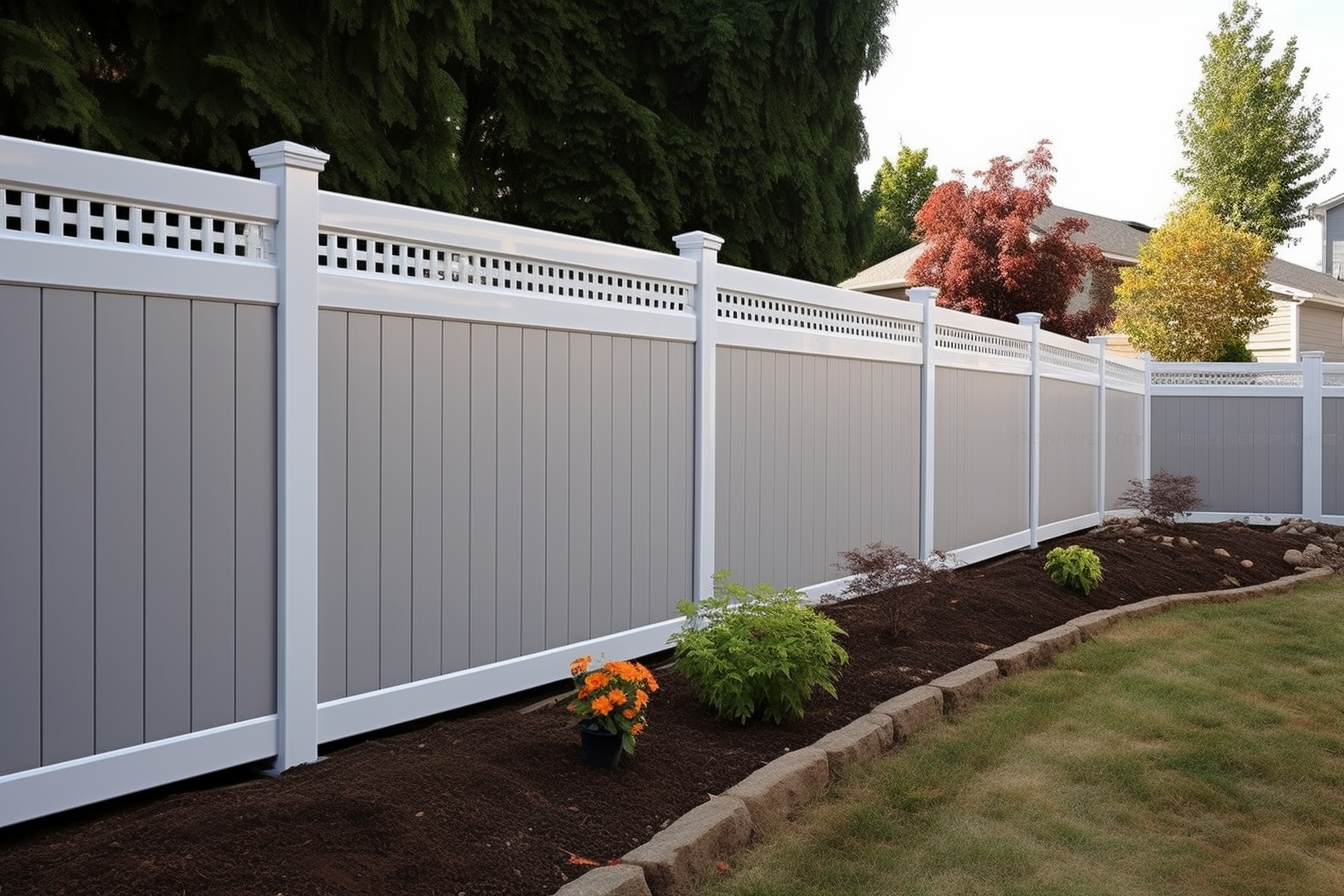Seasonal Pruning Schedule to Promote Healthy Shrub Growth
A clear seasonal pruning schedule helps shrubs stay healthy, flower reliably, and fit into a balanced landscape. This article outlines when and how to prune across the year, with practical tips for soil care, mulch, irrigation, and maintenance that support long-term growth.

Shrubs benefit from pruning that follows seasonal growth cycles, rather than a one-size-fits-all approach. Pruning at the right time preserves flowering habits, improves air circulation, reduces disease risk, and helps the plant fit its intended role in landscaping and hardscaping schemes. Consider the shrub’s bloom timing, vigor, and purpose—whether screening, structural planting, or support for pollinators—before making cuts. Good pruning also ties into broader yard practices such as proper soil amendment with compost, strategic mulch placement, and irrigation adjustments for the season to minimize stress on perennials and container plantings.
When should you prune shrubs?
Timing depends on bloom period and growth habit. Early-flowering shrubs that set buds on last year’s wood—such as many native and ornamental species—are best pruned right after flowering to avoid cutting off next season’s blooms. Late-flowering or continuously blooming shrubs that produce flowers on new wood can tolerate pruning in late winter or early spring before new growth emerges. Light summer pruning to shape plants or remove wayward shoots is acceptable, but avoid heavy cuts in hot, dry periods. Consider your local climate and the shrub’s hardiness; consult local services in your area for region-specific pruning windows.
How does soil and compost affect pruning outcomes?
Healthy soil supports rapid recovery after pruning. Amending planting holes at time of planting and periodically top-dressing beds with compost improves structure, drainage, and nutrient availability. Avoid heavy fertilization immediately after major pruning, as that can encourage soft, vulnerable growth. Instead, maintain consistent soil moisture with irrigation adjustments, especially when roots are working to re-establish vigor. Well-draining soil reduces root stress and disease pressure; use soil tests to correct pH and nutrient imbalances so pruned shrubs regrow on a strong foundation.
Should you mulch, and when is best?
Mulch supports shrub health by moderating soil temperature, retaining moisture, and suppressing weeds that compete for resources. Apply a 2–4 inch layer of organic mulch such as shredded bark or composted wood after pruning and in spring or fall, keeping mulch pulled back from the trunk to prevent rot. Replenish mulch annually and avoid excessive layers that can create anaerobic conditions. Mulch works well around perennials and containers placed on patios, reducing irrigation frequency and improving soil structure over time.
What role does irrigation and drip systems play?
Irrigation affects how shrubs respond to pruning. After pruning, plants require consistent moisture to support new shoot production; however, overwatering increases root disease risk. Drip irrigation provides targeted soil moisture with minimal foliage wetting, helping conserve water and encouraging deep root growth. Adjust irrigation schedules seasonally—less frequent in cooler months and more attentive during hot, dry spells. Installing drip lines in beds and around containers improves efficiency and supports maintenance routines for both established shrubs and newly planted specimens.
How do pruning choices affect perennials, containers, and patio plantings?
When shrubs are planted near perennials or in mixed containers, coordinate pruning to protect companion plants and maintain design harmony. Pruning that opens canopy light can benefit shade-tolerant perennials or stress sun-loving companions if timing is off. For container shrubs, reduce root-bound stress by checking roots during major pruning cycles and repotting or refreshing potting mix with compost when needed. On patios, place containers to allow airflow after pruning and monitor soil moisture more closely since containers dry faster than in-ground beds.
How to integrate pruning into landscaping, native plantings, and pollinator support?
Integrate pruning into broader landscaping and planting plans by prioritizing native shrubs that support pollinators and require less intensive maintenance. Prune selectively to preserve flowering stems that provide nectar and pollen, especially during peak pollinator seasons. Hardscaping features like retaining walls and patios may alter microclimates; tailor pruning and irrigation near these elements to reduce heat stress. Routine maintenance—removing dead wood, thinning crowded branches, and shaping for structure—keeps shrubs resilient while maintaining habitat benefits for bees and butterflies.
Shrub pruning is most effective when combined with attention to soil health, mulch management, appropriate irrigation, and seasonal maintenance. A schedule based on bloom time and growth habit, rather than calendar dates alone, helps promote flowering, disease resistance, and structural integrity. By coordinating pruning with compost applications, mulch replenishment, and careful irrigation—especially with drip systems—you support both individual shrubs and the wider landscape, including perennials, containers, and pollinator-friendly plantings.





